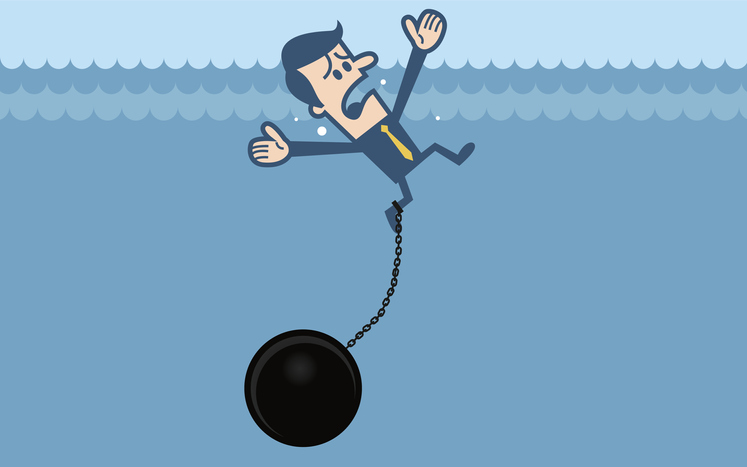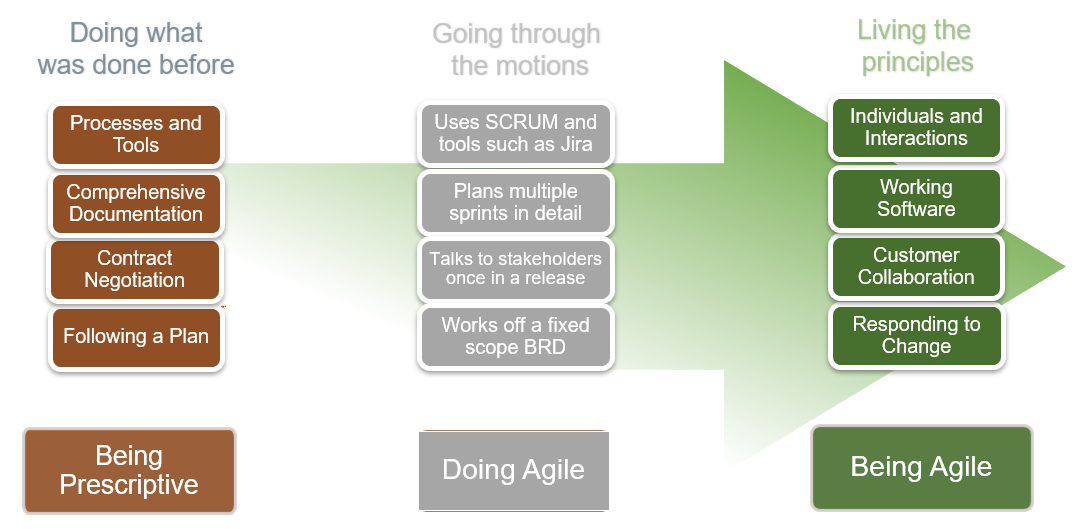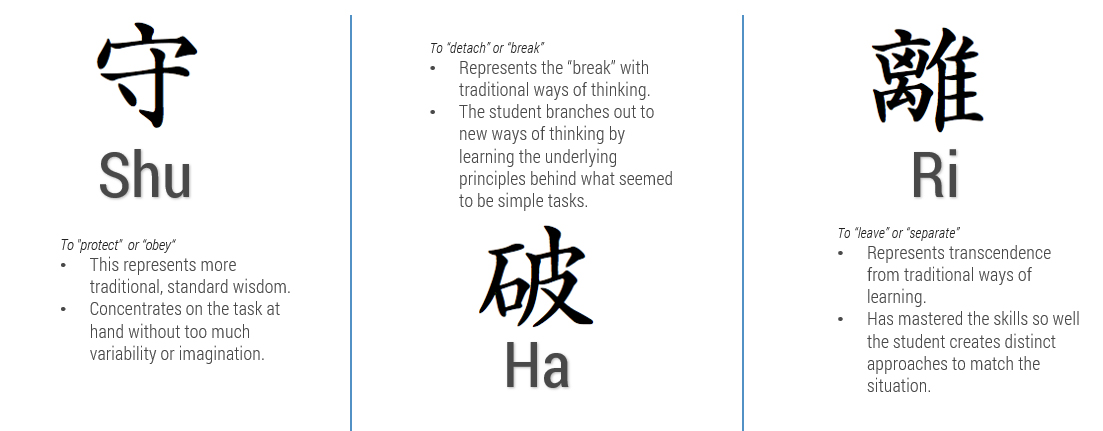Don’t Let Your Agile Teams Tread Water!
Do you feel like your Agile teams are treading water – going through the motions but never going anywhere? It’s a risk, and practices such as daily standups, retrospectives, and demonstrations need to be used wisely or you risk losing discipline to meeting fatigue.

Agile practices have gained traction in numerous departments and agencies of the Government of Canada over the past several years. Recently, Info-Tech hosted a round table of Agile leaders from several of them to share their insights into what’s worked and where they have struggled, particularly with everyone now working from home due to COVID-19.
An immediate challenge was the balance between controls and timely delivery. One participant put it succinctly:
“As incubators to the cloud, we had the tools for collaboration, but many of our clients do not. We needed to deliver much more quickly than before.”
A new balance was quickly struck, and as another participant put it,
“Working in government, it can be challenging to embrace new tools – especially collaborative ones. As a team, we got pulled in head-first to help, and I saw us do things quicker than I have ever seen before!"
Agile practices are also key to accelerating delivery, and everyone who attended had implemented Agile for their teams prior to the crisis and social distancing. However, they also observed fatigue setting in as days of virtual standups all seemed to blur together. In some cases, retrospectives had fallen by the wayside due to the pressure to deliver.
If you tread water long enough, you drown…
These are scenarios I’ve experienced with my own team here at Info-Tech. A while back, our daily standups had become rote performance. The team didn’t feel like they were getting value out of the discussions. At a retrospective, we discussed and agreed that we needed to tighten our focus to blockers and those who needed help. The standups went faster, and most importantly, felt better.
Adopting Agile practices can very quickly create value for your teams. But to sustain that value, we need to be smart about how we apply them, or we can easily find them a burden. This is a key aspect of the journey from Doing Agile to Being Agile.

The Agile journey has a beginning, but no end.
New teams begin by Doing Agile (performing the ceremonies of Scrum, for example, to become familiar with them). This change in their way of working can change how people think and behave. However, if a team’s practice doesn’t evolve as they develop, they will begin to feel as if they were treading water. The combination of ongoing practices we recommended in “Sprinkle Some Agile Into Your Waterfall Practices for the (WFH) Post-COVID-19 World” work in concert:
- Prioritization
- Daily standups
- Frequent demonstrations
- Retrospectives
- Agile work management tools
If the retrospectives fall by the wayside, you lose the opportunity to adjust practices to suit the realities faced by your team. Do you really need a standup on the same day as a retrospective? Maybe, and maybe not. Only your team can figure that out, and you need to adapt and evolve on the fly.
Skills evolve in concert with practices.
The skills teams are taught when they first adopt Agile are a starting point, not an end. This is the Shu stage of Alastair Cockburn’s classic ShuHaRi model of Agile skills. In our upcoming Agile research, we have found that the key skills that will take practitioners from Doing Agile to Being Agile are entangled with the practices.

For example:
- If your team is weak at functional decomposition, daily standups will seem like déjà vu as the same piece of work is discussed day after day.
- If they lack customer empathy, demonstrations are more likely to miss the mark and leave stakeholders feeling like they wasted their time by coming.
- If teams lack discipline and don’t update the status of their work in a tool such as JIRA, stakeholders are likely to lose trust in the team and begin to interfere.

Source: JIRA at SoftwareReviews
There will always be problems. Openness and commitment are the solution.
The members of an Agile team and key stakeholders need to be open about what is working and what is not. They also must be collectively committed to resolving problems. This lies at the heart of the team sport culture that is key to the success of Agile, Kanban, and DevOps practices (which Info-Tech will be referring to as BizDevOps as we go forward).
Our Take
Agile teams must constantly refine and improve their practices to ensure that they are relevant and valuable to everyone involved. The retrospective is the key Agile ceremony that drives improvement. Even as teams evolve other aspects of their practices, they should never let the retrospective fall by the wayside.
Want to Know More?
Would you like to explore Agile ceremonies in more detail? Check out Implement Agile Practices That Work!